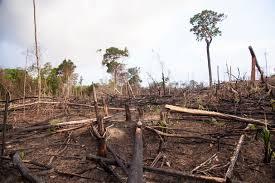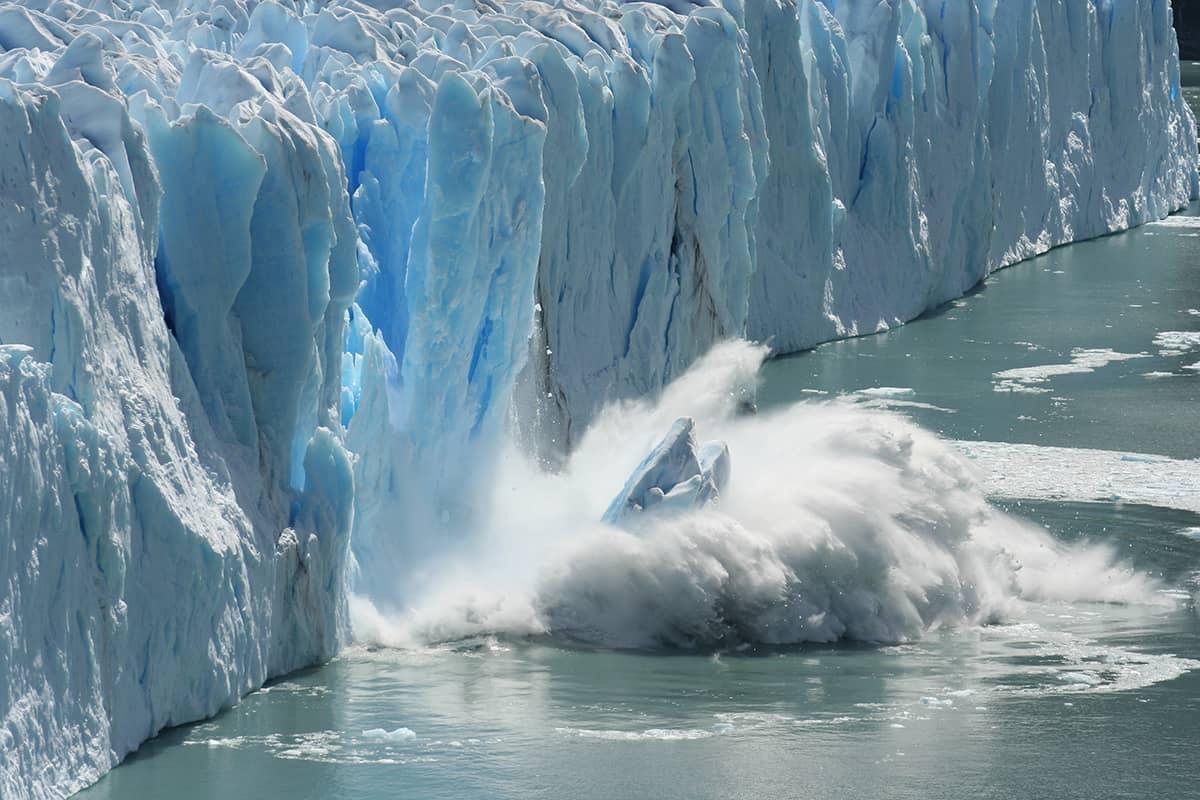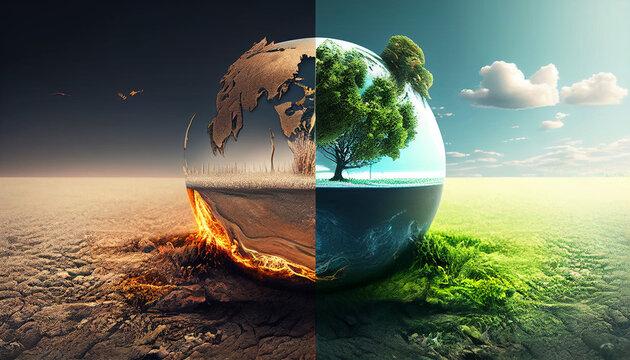Global Warming: An Overview
Introduction
Global warming refers to the long-term increase in Earth's average surface temperature due to human activities, particularly the emission of greenhouse gases. This phenomenon has become one of the most pressing environmental issues of our time, impacting natural ecosystems, weather patterns, and human societies.
Causes of Global Warming
The primary driver of global warming is the increase in greenhouse gases in the atmosphere. These gases, including carbon dioxide (CO2), methane (CH4), and nitrous oxide (N2O), trap heat from the sun, creating a "greenhouse effect." Major sources of these emissions include:
- Burning of Fossil Fuels: The combustion of coal, oil, and natural gas for energy and transportation releases significant amounts of CO2.
- Deforestation: Clearing forests for agriculture or urban development reduces the number of trees that can absorb CO2.
- Agricultural Practices: Livestock production emits methane, while certain fertilizers release nitrous oxide.
- Industrial Processes: Manufacturing and chemical processes often release various greenhouse gases.

Impacts of Global Warming
The effects of global warming are widespread and varied, affecting both natural and human systems:
- Rising Temperatures: Global temperatures have increased by approximately 1.0°C above pre-industrial levels, with more frequent and intense heatwaves.
- Melting Ice Caps and Glaciers: The polar ice caps and glaciers are melting at an accelerated rate, contributing to rising sea levels.
- Sea Level Rise: Higher temperatures cause ocean waters to expand and ice to melt, leading to rising sea levels that threaten coastal communities.
- Extreme Weather Events: There is an increase in the frequency and severity of extreme weather events, such as hurricanes, droughts, and floods.
- Impact on Ecosystems: Changes in temperature and precipitation patterns disrupt ecosystems, leading to shifts in species distribution and biodiversity loss.
- Human Health Risks: Increased temperatures and extreme weather events pose significant health risks, including heat-related illnesses and the spread of infectious diseases.

Mitigation and Adaptation Strategies
Addressing global warming requires a combination of mitigation and adaptation strategies:
- Mitigation: Efforts to reduce or prevent the emission of greenhouse gases. This includes transitioning to renewable energy sources, improving energy efficiency, reforestation, and promoting sustainable agriculture.
- Adaptation: Measures to cope with the impacts of global warming. This involves building resilient infrastructure, developing early warning systems for extreme weather, and planning for sea level rise.
Conclusion
Global warming is a critical issue that demands urgent and sustained action. While the challenges are significant, there are also opportunities to transition to a more sustainable and resilient world. Through international cooperation, innovation, and commitment, it is possible to mitigate the impacts of global warming and protect the planet for future generations

